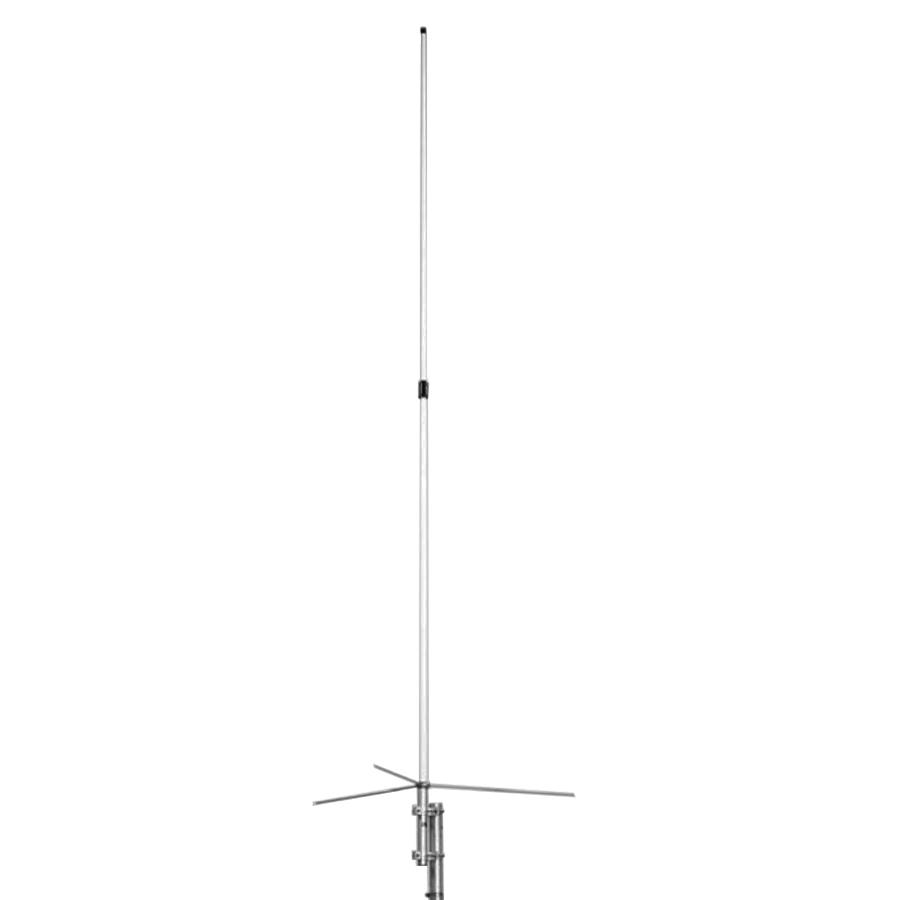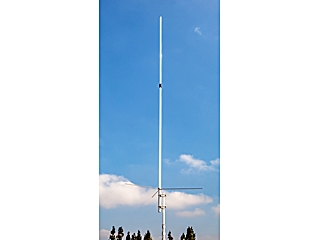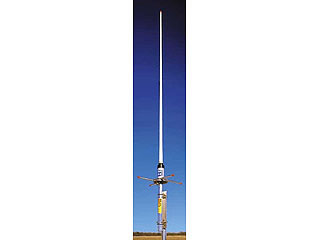For GMRS use, whether simplex or hitting nearby repeaters in any direction, a Comet CA-712EFC will work for under $200. You could put it up 50' if you need that height, or already have the tower. You will get a few more miles versus half the height of 25'. More importantly, the antenna should be above any nearby structures. My neighbors roofline is around 25', so the base of my antenna is at 30'. What I do not know is how well the Comet will hold up in Florida at your location in Ocala. Also, as previously noted, LMR-400 or LMR-400UF coaxial cable would be prudent at the GMRS frequency range.
A dual band antenna...do you mean for amateur use? I would and did put up a separate antenna for that, as those are tuned for the amateur bands, so I do not suffer for GMRS. There are a variety of antennas for that, but an inexpensive model is the Diamond X50. It may work fine for banging the nearby repeaters and or local simplex. Again, use either of the LMR-400 versions for that antenna as well.
* You could use the Diamond X50 for GMRS as well, I occasionally still do, but it is not as favorable up there. Still, the reduced performance on GMRS may be fine as you may clobber the repeaters you want to use with it, as well as nearby simplex. The X50 costs less than the Comet and you can dedicate the X50 for amateur use if you later find you need to buy better for GMRS.
Gain numbers matter. To what degree depends on our needs. We use a four bay dipole on club repeater. We do not need 360° coverage, so we set the antenna spread to focus on more of a pie wedge shape and enjoy the gain results from that small spread. If you need a lot of directivity/gain, you should be looking at a UHF Yagi, or dual band log periodic antenna in a vertical orientation. A log periodic would probably handle GMRS freqs too. Add the cost of a rotor to that build out as well.
Looking to put an antenna up appx 50 feet off the ground, hopefully get some decent range from it.
I'd like to hear some of our very knowledgeable people in here recommendations for best antenna for GMRS or possibly a dual band UHF/VHF antenna.





